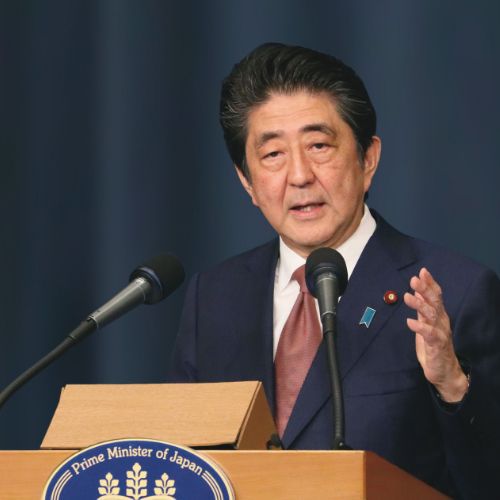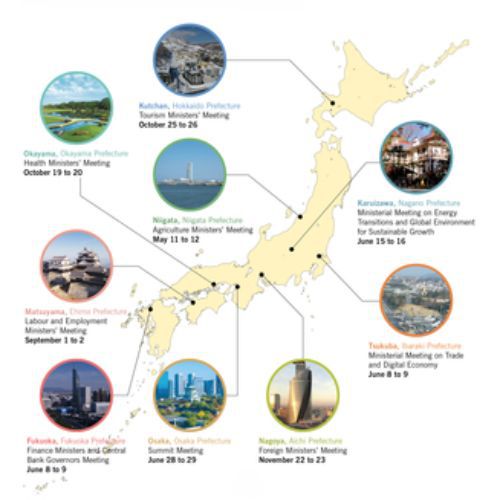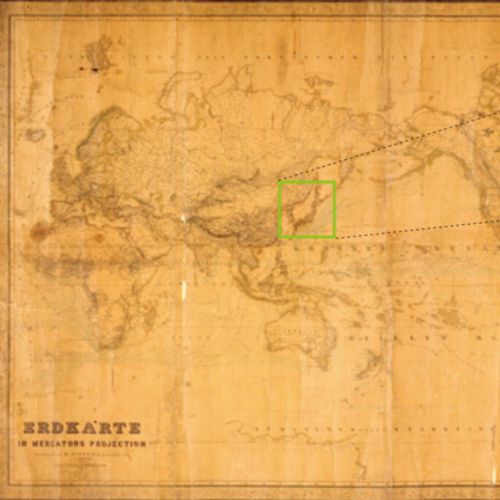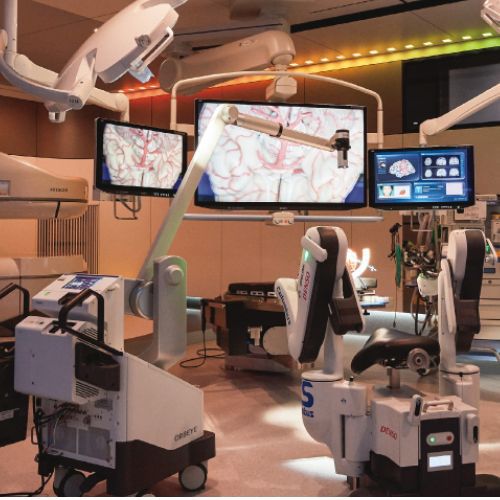Valentin Brose’s fascination with bonsai led him to study the art in Japan. This emerging German bonsai artist is now actively telling the world about the essence of bonsai.
Around the world, the Japanese art of bonsai has been gaining a new surge of popularity. Bonsai are plants grown in shallow containers using techniques of pruning and training to create artistic miniature trees that mimic nature. They began receiving a strong following in Europe in the 1970’s and 80’s. Valentin Brose remembers his first encounter as a boy growing up in his home country of Germany at a time of a bonsai boom.
“When I was around 11 years old, I came across these little trees at a Christmas market; they were small enough to fit in your hand! I was enchanted by their perfectly-shaped universe.”
Because of his great enthusiasm, he had several bonsai pot plants bought for him, but the plants withered and died due to his lack of knowledge about their care. Although he lost interest for a while, his inclination for nature and trees later led him to find work as a gardener where his passion for bonsai was reignited. He found himself riveted to a show on a video-streaming site, in which the bonsai master Kunio Kobayashi was working alongside foreign apprentices. It was at that moment that Brose decided that he wanted to study bonsai properly at the Shunkaen Bonsai Museum that Kobayashi runs.
“I began by undertaking a three-month introductory course. It taught me so much more than I had ever learned in my lifetime about bonsai before then, but there was still so much I still wanted to learn. I asked to be accepted as his apprentice.”
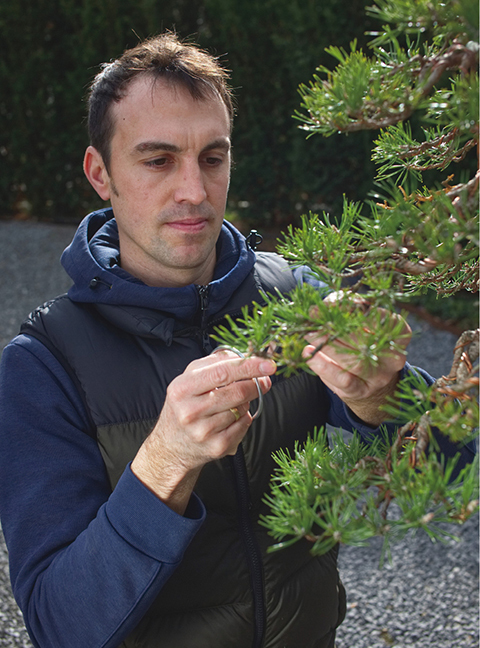
“Pruning shears are the soul of the bonsai artist,” says Brose, attentively trimming a well-matured scots pine bonsai.
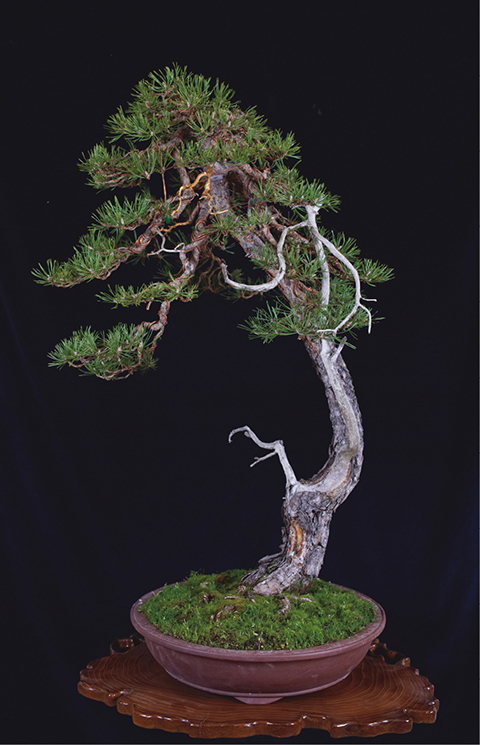
A scots pine bonsai that Brose has trained. His trees, which fuse Japan-honed skills with German sensibility, have earned the adoration of bonsai fans from all over Europe.
Brose continued receiving the demanding instruction of Kobayashi, his oyakata (master) for three years, fully utilizing the period for which he could stay in Japan. Wishing to learn as much as he could in the limited time, he worked as long as 18 hours some days. Brose was inspired by the sincere attitude of the Japanese bonsai artists who make no compromise in their quest to create the best bonsai. Compared with the German meister, Brose thinks an oyakata is more like a father figure who demands unconditional sincerity and respect.
“Oyakata taught me to identify each tree’s uniqueness or individuality. A bonsai cannot communicate with words, so we must understand it in other ways. Careful observation, above everything else, is most important.”
Since returning home, Brose has been solidly building his career in bonsai. Making Germany his base, he is conducting workshops and demonstrations in various countries in Europe. He is also actively promoting international exchange through bonsai, such as by organizing tours to Japan to visit Shunkaen in Tokyo and famous gardens for members of a bonsai club in Brixen, Tyrol, in Austria, with whom he has developed a friendship through his workshops.
Brose’s eyes sparkle when he begins explaining his plans to start a bonsai school in the future by creating an ideal garden at his home where he can convey to as many people as possible the wonder of the bonsai he studied in Japan. Brose finds no greater joy than when he understands a tree’s feelings and can train it in its direction of growth. When asked what bonsai means to him, Brose answers without hesitation, “Freude (joy)!”
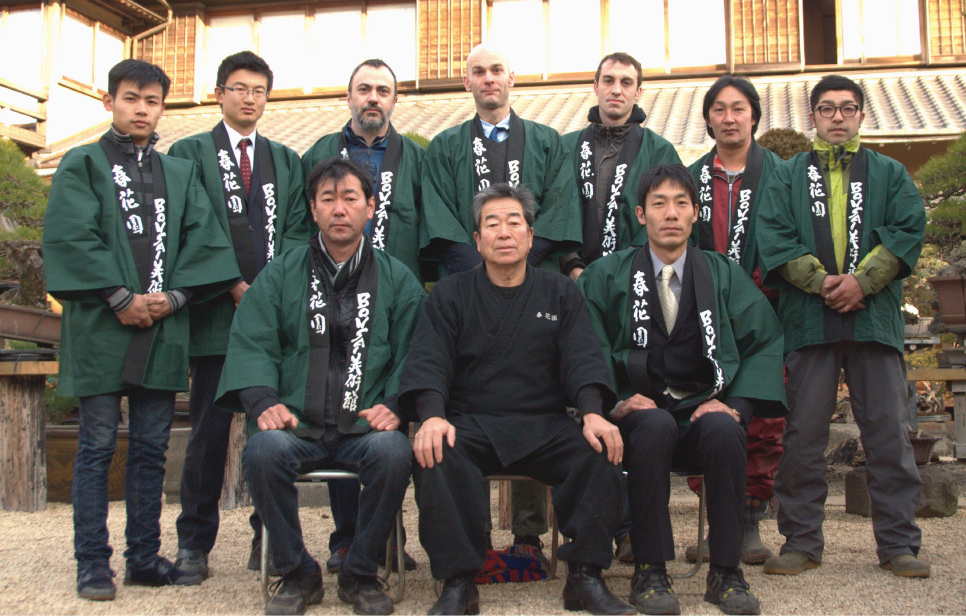
A photo from the time when Brose was learning under Kobayashi, his oyakata (master) at Shunkaen Bonsai Museum. (Kobayashi second from front left; Brose fifth from back left.)
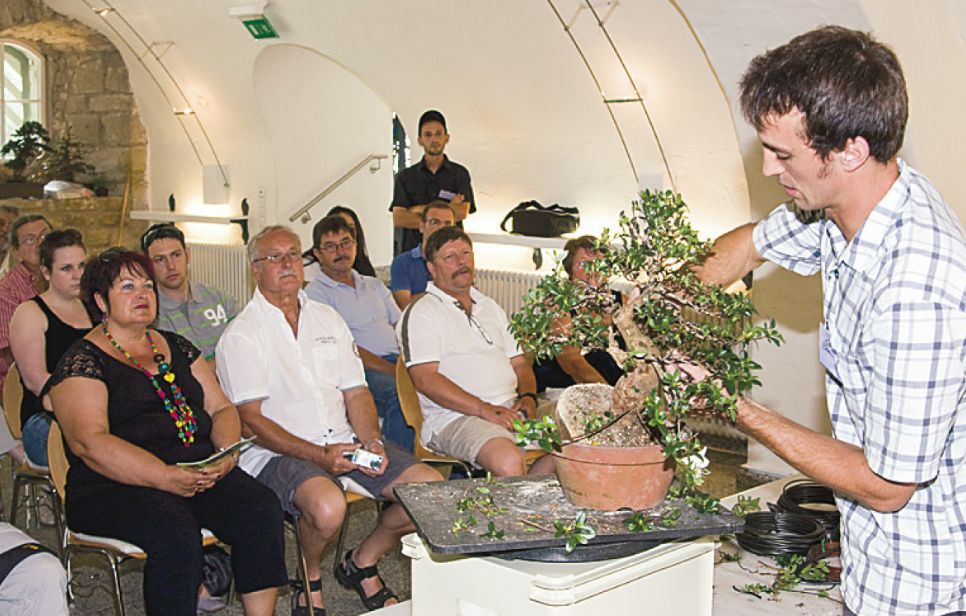
Brose actively travels to various countries in Europe to hold workshops and demonstrations.
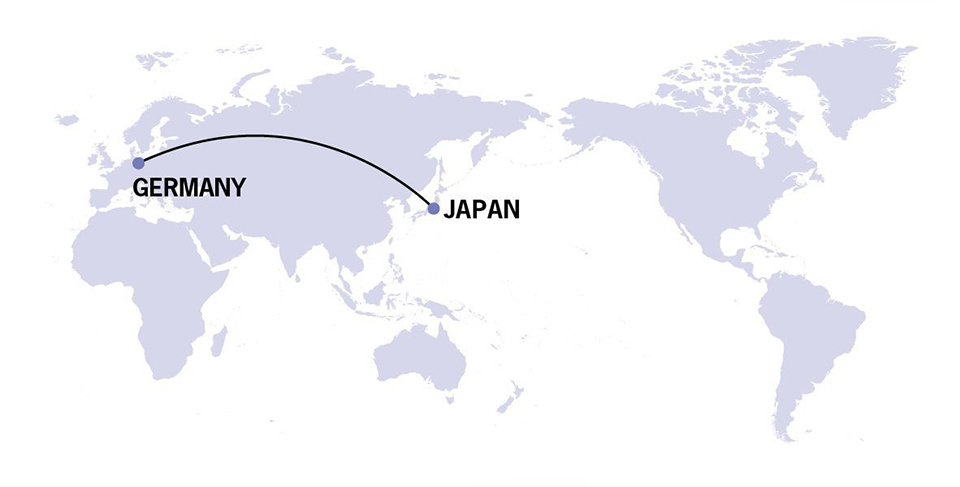
Valentin Brose
Born in 1980 in Filderstadt, Germany. After working as a gardener in Germany for four years, Brose traveled to Japan in 2008. He studied as a bonsai apprentice at Shunkaen Bonsai Museum, Tokyo, for three years. Since returning home he has worked as a bonsai artist. Currently based in Germany, he travels across Europe showing and selling his bonsai and giving lectures.


























